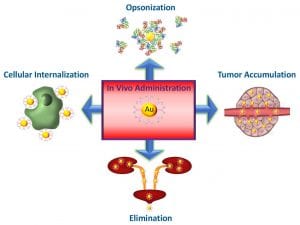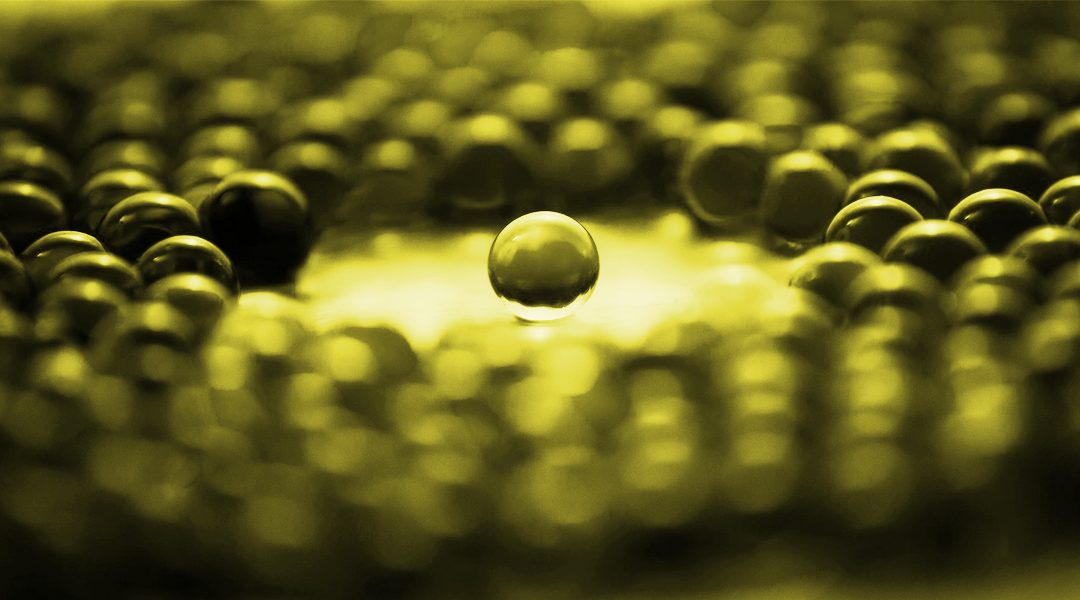Nanomedicine, where nanometer-sized particles are used to either diagnose or treat diseases, is aiming towards widespread use within clinical settings. The advancement of nanomedicines is mainly attributed to the ability of intravenously administered nano-sized particles having a more favorable distribution within the body compared to molecules. A nanomedicine’s distribution can increase the amount of therapeutic and imaging agents delivered to a disease site and lower s ystemic toxicity by minimizing delivery to normal tissues. However, in many cases the ability of nanomedicines to increase a patient’s survival or quality of life have been marginal.
ystemic toxicity by minimizing delivery to normal tissues. However, in many cases the ability of nanomedicines to increase a patient’s survival or quality of life have been marginal.
Marginal improvements are a result of a series of biological obstacles which prevent a nanomedicine from achieving its full potential. A WIREs Nanomedicine and Nanobiotechnology review by Bin Li and Lucas A. Lane of Nanjing University describes how gold nanoparticle probes can be used to understand the biological obstacles limiting the effectiveness of nanomedicines. These obstacles include: opsonization where proteins from the blood adsorb to a particle’s surface to signal the immune system for its removal, the ability of the particle to be internalized by a cell in order to deliver all the therapeutic contents intracellularly, the ability of the particles to hone to disease sites in order to reach effective local concentrations, and the efficiency to which the particles can leave the body after their intended application has been fulfilled.
The authors reveal that the performance of nanoparticles to overcome these biological barriers are linked to the physical dimensions and the surface chemistry of a nanoparticle. Here, gold nanoparticles are claimed as ideal probes for studying nanomedicine performance as they can be tailored with great precision to have any size, shape, and surface chemistry. Additionally, gold nanoparticles traveling throughout the body can be tracked with high sensitivity. The authors believe that the understandings gained by studies using various constructions of gold nanoparticles can lead to rational design of nanomedicines overcoming biological obstacles. By overcoming such obstacles, the quality of care to patients receiving nanomedicine can be significantly improved.
Kindly contributed by the Authors.

















